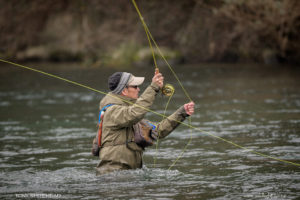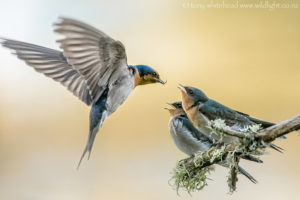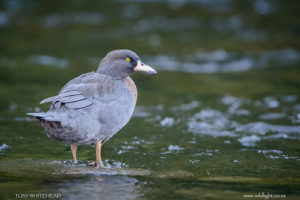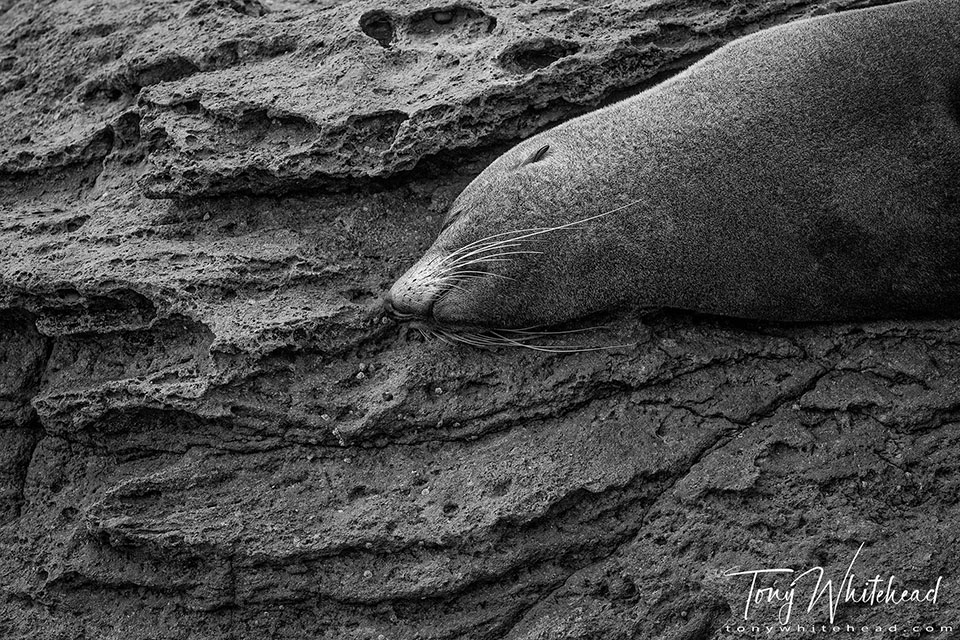
This photo of a New Zealand Fur Seal sleeping on the rocks at Mount Maunganui got me thinking about Black and White wildlife photography. When I made the exposure it was with the express intention of processing it as a Black and White image. The shapes and textures caught my eye and B&W was the best way to make the most of the image.
I love B&W for portraits, landscapes and street photography but very seldom use it for wildlife images. My photography began with B&W film but transitioned to colour slide for wildlife before the digital evolution meant that you weren’t locked to the colour palette of a single emulsion for 36 exposures. The freedom of a RAW digital file is liberating, allowing a single exposure to be interpreted in a number of ways.
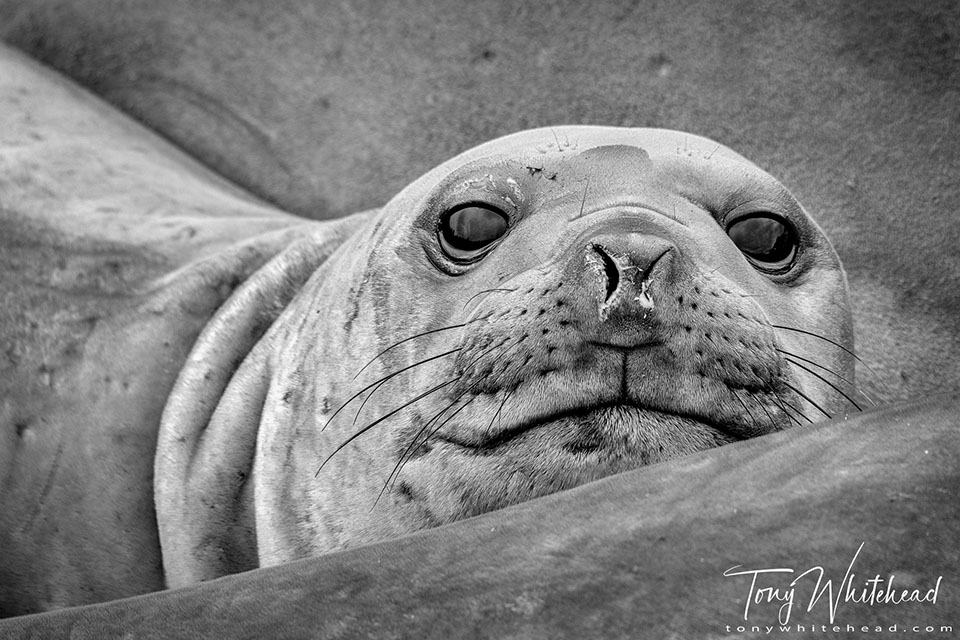
For an image to work well in B&W, shape, line and texture are important but with wildlife colour is often an integral part of the image. I find the occasions when eliminating colour adds to a wildlife image few and far between. To illustrate this post required a trawl through a few years in my image archive.
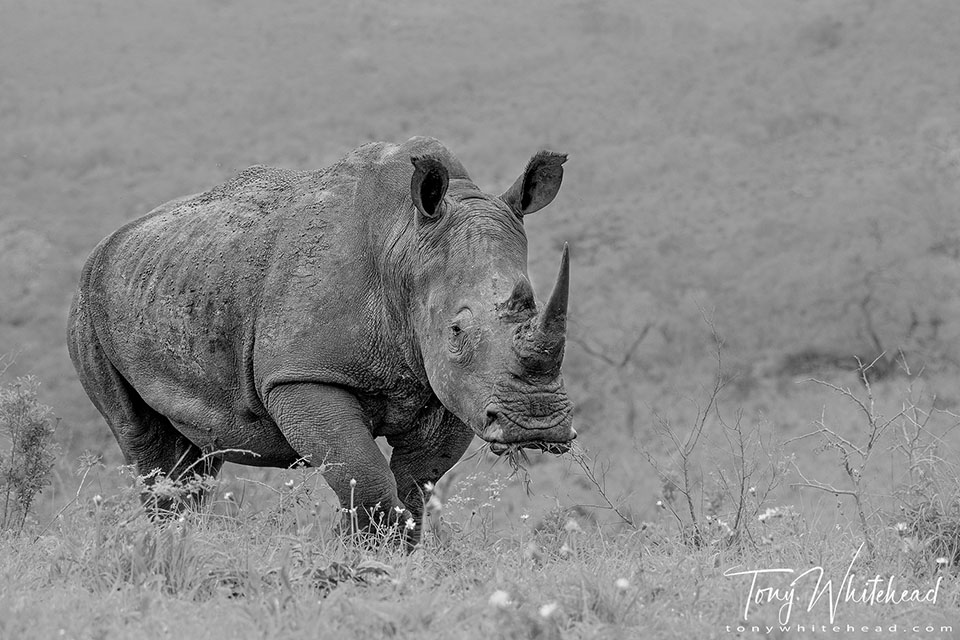
I have seen a number of fabulous B&W photos of large African game in expansive landscapes with stunning cloud formations that work very well. These fall into the wildlife in landscape category, but some closer or even extreme close-up images of big game can be suited to B&W. Pachyderms are particularly suited to this with their thick textured skin.
Having said that, colour images are often monochromatic with the dusty grey, brown of their skin. This final image was made with the intention of B&W but in the end the colour but monochromatic version worked better to my eye.
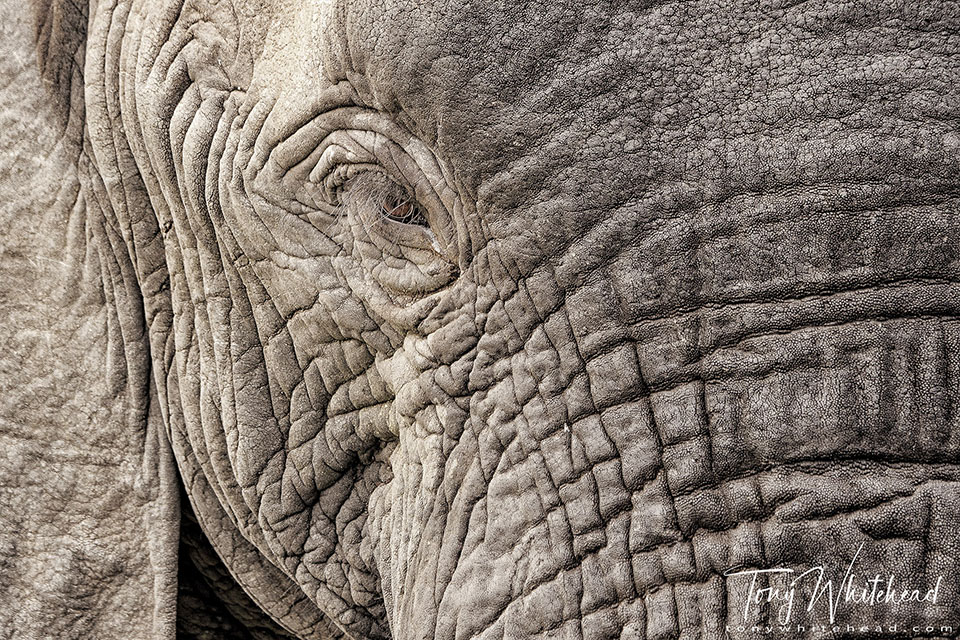
Fur Seal Photo with Nikon D850 and 500mm f5.6PF, Elephant Seal with Nikon D810 and Nikon 80-400mm f4.5-5.6VR, African game with Nikon D500 and Nikon 80-400mm f4.5-5.6VR.
Writing this post has reminded me that I haven’t shared a lot the images I had planned to share after my last trip to South Africa. I may have to rectify that situation in coming weeks.
